Books
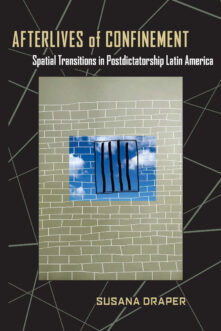
Afterlives of Confinement
Spatial Transitions in Postdictatorship Latin America
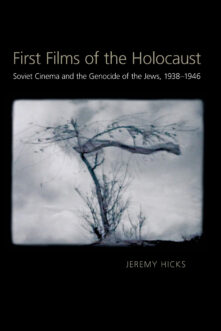
First Films of the Holocaust
Soviet Cinema and the Genocide of the Jews, 1938–1946
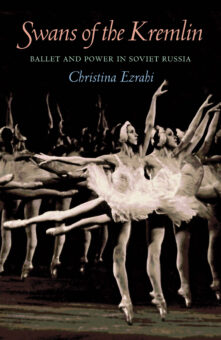
Swans of the Kremlin
Ballet and Power in Soviet Russia
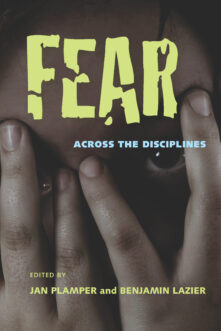
Fear
Across the Disciplines

Between Ruin and Restoration
An Environmental History of Israel
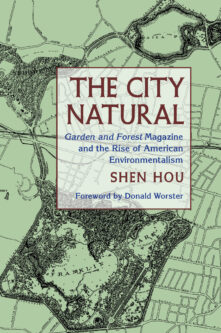
The City Natural
Garden and Forest Magazine and the Rise of American Environmentalism
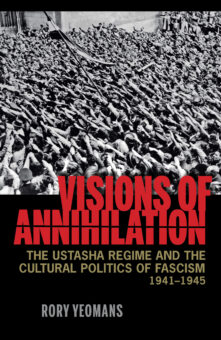
Visions of Annihilation
The Ustasha Regime and the Cultural Politics of Fascism, 1941–1945
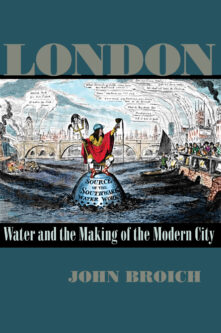
London
Water and the Making of the Modern City
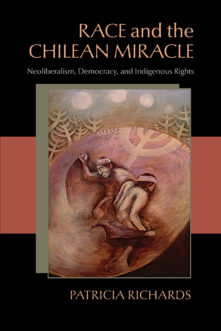
Race and the Chilean Miracle
Neoliberalism, Democracy, and Indigenous Rights
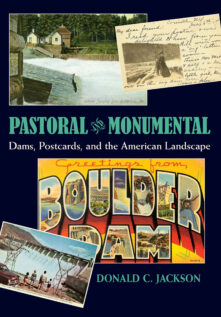
Pastoral and Monumental
Dams, Postcards, and the American Landscape
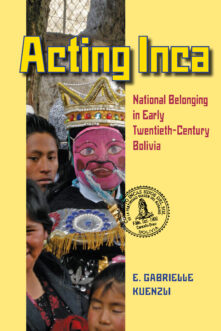
Acting Inca
National Belonging in Early Twentieth-Century Bolivia
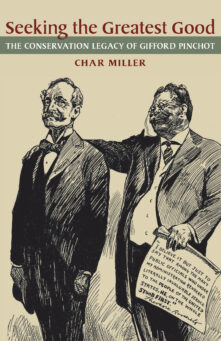
Seeking the Greatest Good
The Conservation Legacy of Gifford Pinchot
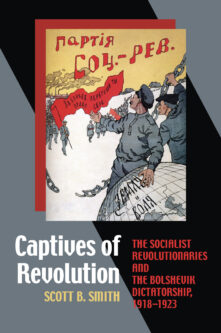
Captives of Revolution
The Socialist Revolutionaries and the Bolshevik Dictatorship, 1918–1923

The Afterlife of Austria-Hungary
The Image of the Habsburg Monarchy in Interwar Europe
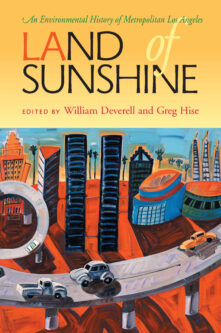
Land of Sunshine
An Environmental History of Metropolitan Los Angeles
Total 206 results found.

